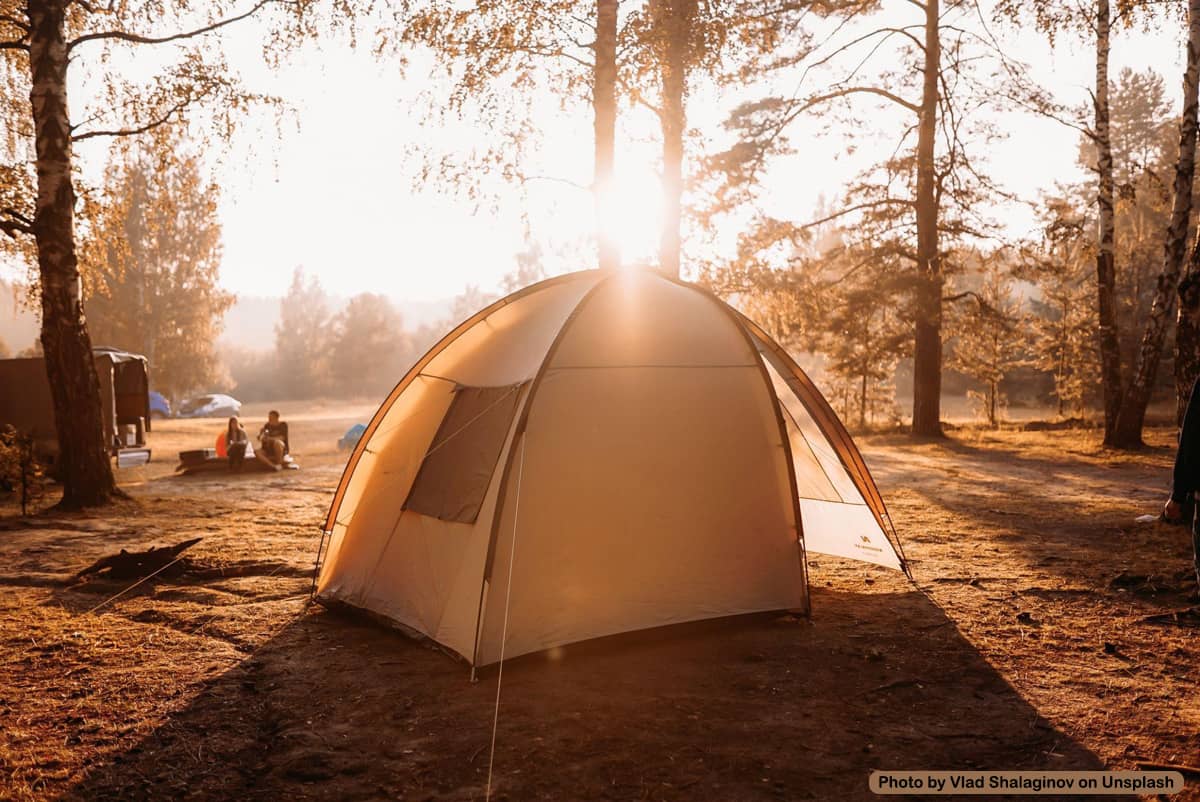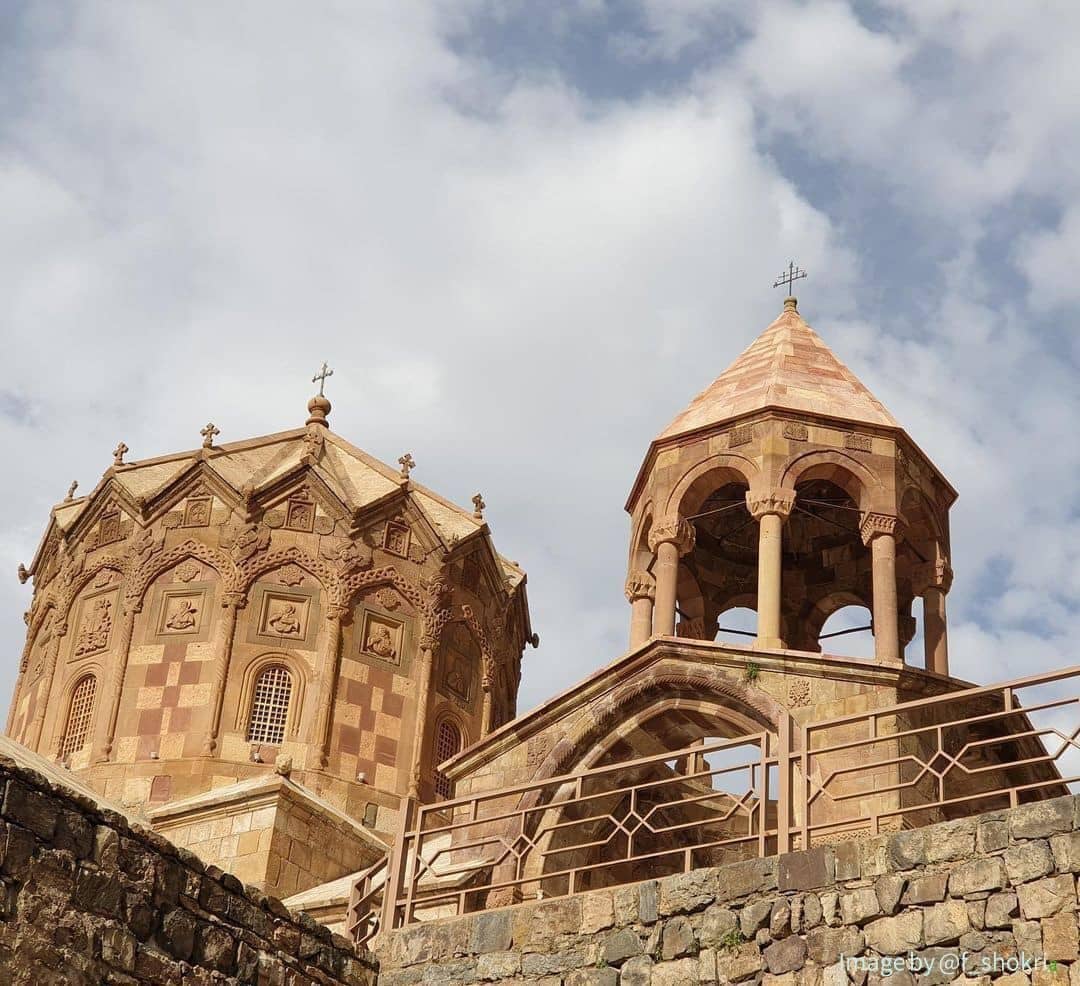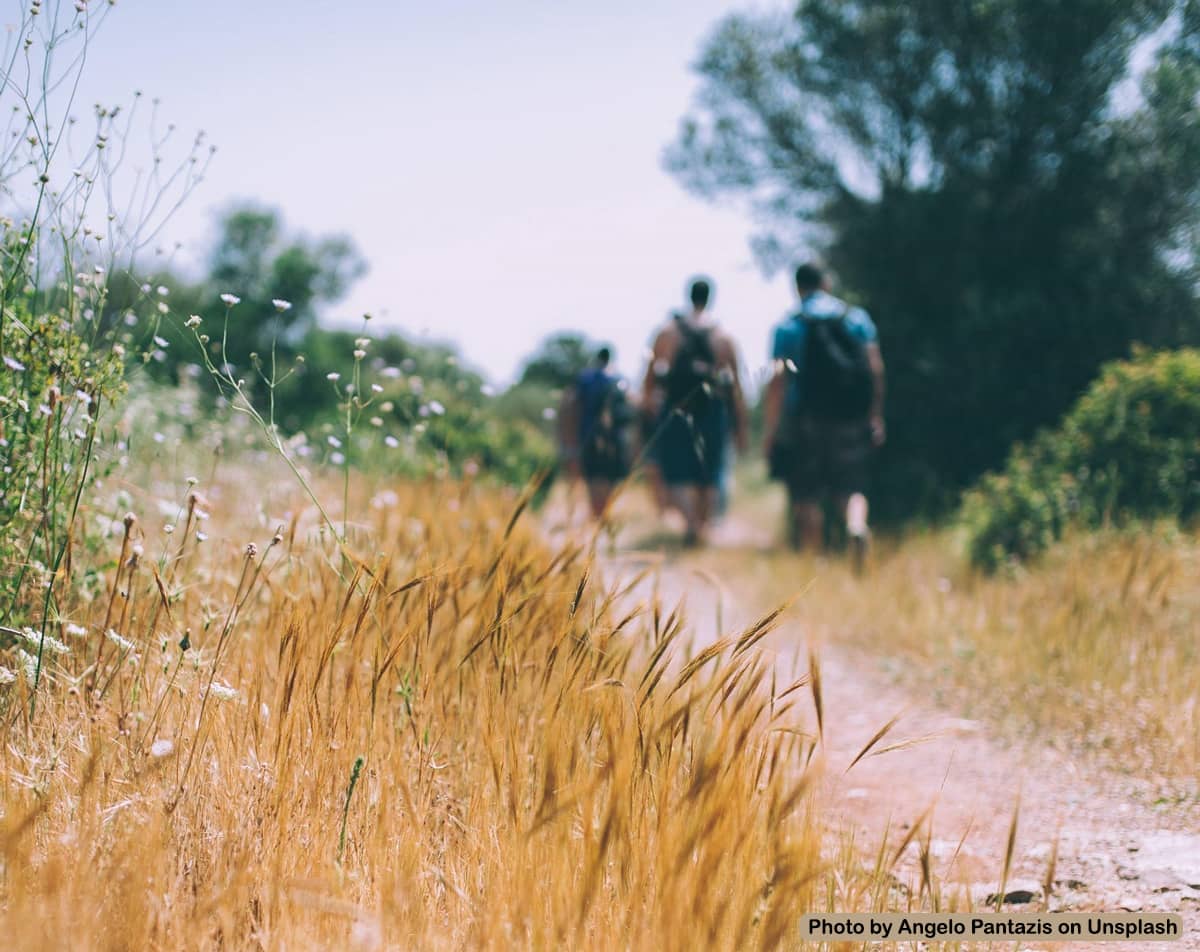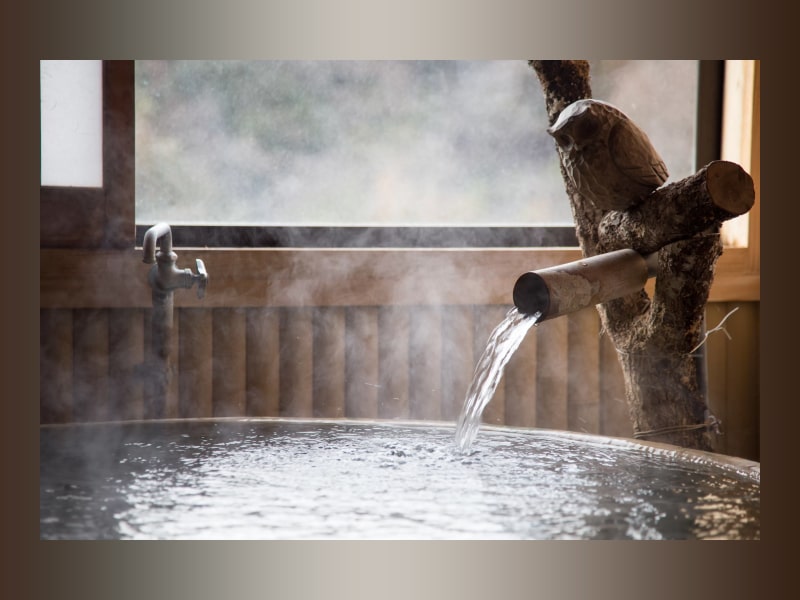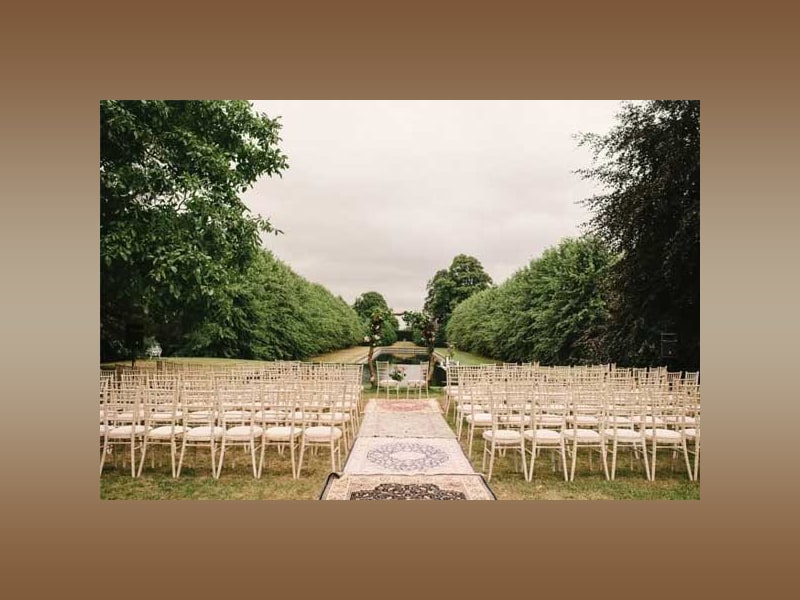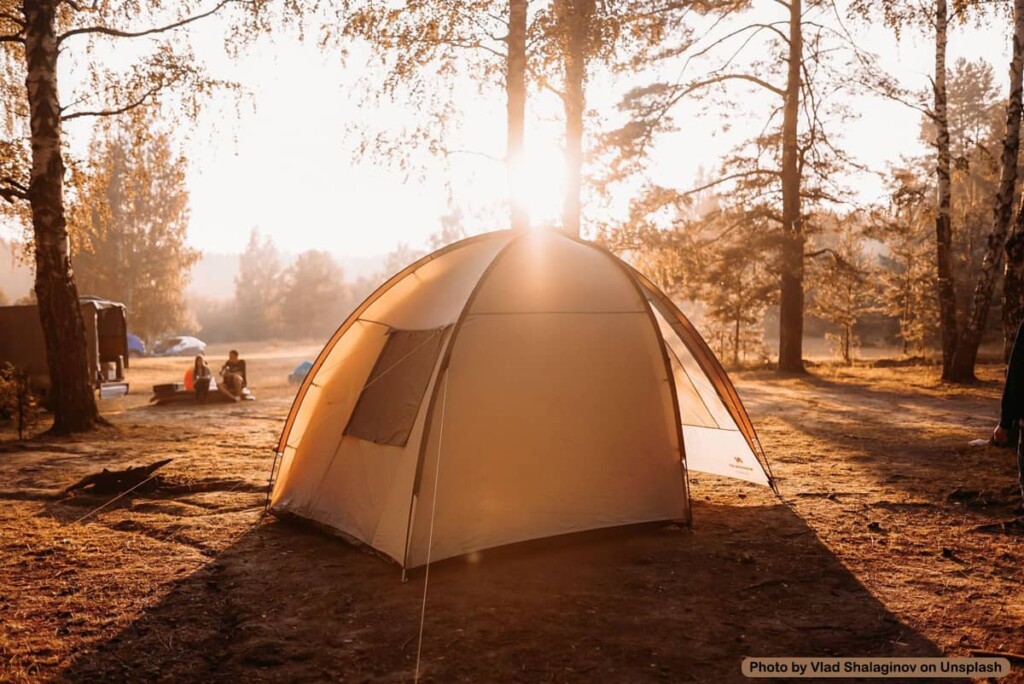
It is very important to know setting up a tent, build a fire pit, and fire safety among other skills. According to “Destination Iran”, the “The Wise Adventurer” website has provided some helpful information in this regard and more:
Camping is a great way to get out in nature and spend time with friends. But it can also be a bit challenging when you’re camping with a large group.
Whether you’re a veteran camper or are going with a new crew, it’s important to know how to set up your campsite so everyone has an enjoyable and safe experience. These tips and tricks can help you do just that.
Tips for Setting up a Tent
Once you’ve found the perfect campsite for your crew, the next step is to set up your tent. Whether you’re camping in the woods or on a remote beach, there are some important tips and tricks that will make your tent-pitching easier.
Before you start assembling your tent, check the site thoroughly for debris and objects that could be in the way.
- Remove rocks, branches, pinecones, and any other items that could potentially fall on your tent. This will ensure you have a comfortable base to sleep on, and will prevent you from being woken by something falling on you.
- Set up your tent away from trees and other tall objects. These can pose a threat to your tent, especially during strong winds. You can also use trees to create a windbreak around your tent to help keep the breeze off your tent and out of your sleeping area.
- Use a tarp to protect your tent from the elements. This is a great option for campers with young children or pets, as they can easily be folded up when not in use.
- Follow the instructions that come with your tent. If you don’t, you may find yourself wasting time and money.
- You’ll need to know how your tent is made so you can find the correct poles and stakes for it. Many of these are color-coded or have a label on them so you can easily identify which section goes where.
Once you’ve identified the correct poles, connect them together and lay them across your tent. This should be a pretty straightforward process, and you should have your tent up in no time.
Tips for Building a Fire Pit and Fire Safety
Building a fire pit pit in your camping spot can add ambiance and fun to your time outdoors. But before you jump right in, it’s important to learn about fire safety and make sure your spot is safe.
The first thing to do is locate your fire pit, and make sure it’s at least 10 feet away from buildings, trees, bushes, fences, sheds and other objects that can be dangerous or create a spark. It’s also a good idea to check with local codes and ordinances in order to ensure that you’re meeting them (especially if you’re going to a campground).
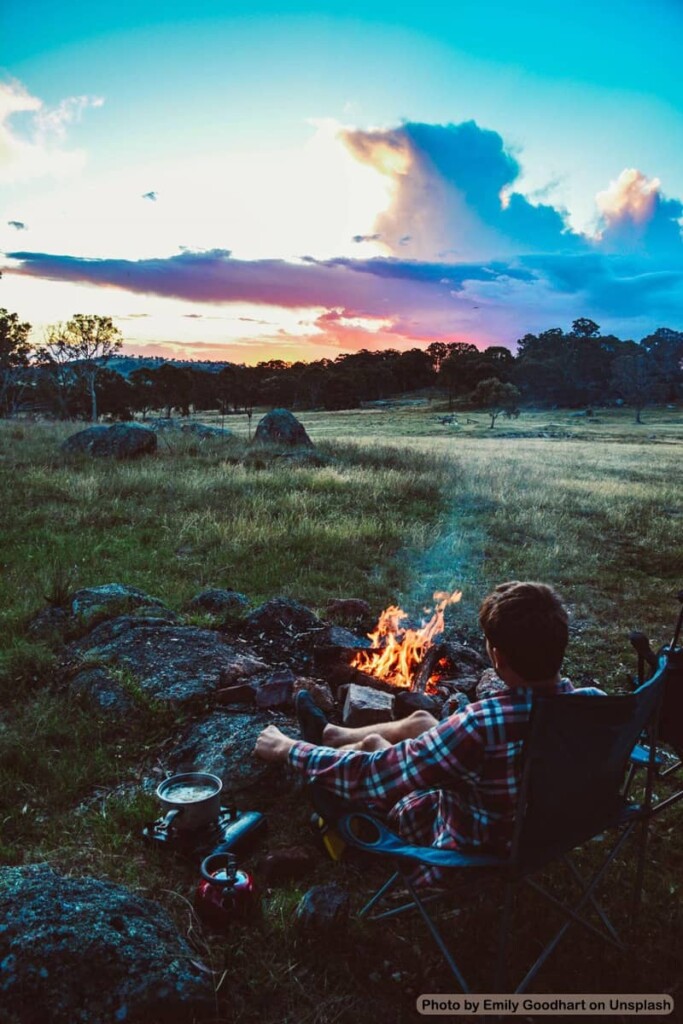
If possible, build your fire pit in a fenced area where children and pets can’t access it. It’s also wise to build it in an area that’s not prone to strong winds blowing sparks out of it and setting wildfires.
For a traditional in-ground fire pit, you’ll want to dig a hole about 8 in. deep and 3 in. larger in diameter than the form you plan to use.
Once the pit is dug, you’ll need to fill it with a layer of gravel, sand, or lava rock. This will create a solid base that won’t move around in the wind and help your pit hold up to heavy use.
Line the innermost wall of your fire pit with a steel fire ring. This will help prevent the wall from drying out and dehydrating due to regular exposure to fire heat.
Keep your embers from spreading by dousing them with water every once in a while. When you’re ready to put the fire out, take your time and douse it thoroughly until there is no steam or flame coming from the pit. It’s best to do it while you’re still outside, because the ashes will cool faster that way.
Tips for Food Safety and Storage
Keeping food safe is one of the top priorities when camping. This is especially true for items that will be eaten raw. You want to avoid cross contamination, which can cause serious health problems if it’s not done right.
A few simple steps can go a long way to keeping your crew healthy while camping: Wash your hands for at least 20 seconds before and after handling foods, use separate cutting boards for fresh produce and meat, and properly store prepared food.
Cut and prepare raw meat or fish before packing it in a cooler with ice to prevent the meat from dripping onto other foods.
The most important thing to remember about storing food is that it should never be above 40 degrees Fahrenheit. This is because bacteria such as Listeria can grow quickly in warm temperatures and result in foodborne illness.
Make sure that food is stored away from pests, chemicals, leaky pipes or mechanical rooms. This will help keep your food as safe as possible, and make it easier to eat while camping.
Tips for Enjoying Nature and Activities to Do
Nature can be an incredibly peaceful and relaxing place to be. It can be a good place to escape from the chaos of everyday life, and it is also an excellent way to get some exercise.
One of the best ways to enjoy nature is by going on a hike or camping trip. You can do this on your own, or you can go on a guided hike with your family. Whether you are just starting out or you are an experienced hiker, it is important to take time to enjoy the scenery and appreciate the natural beauty of the area you are visiting.
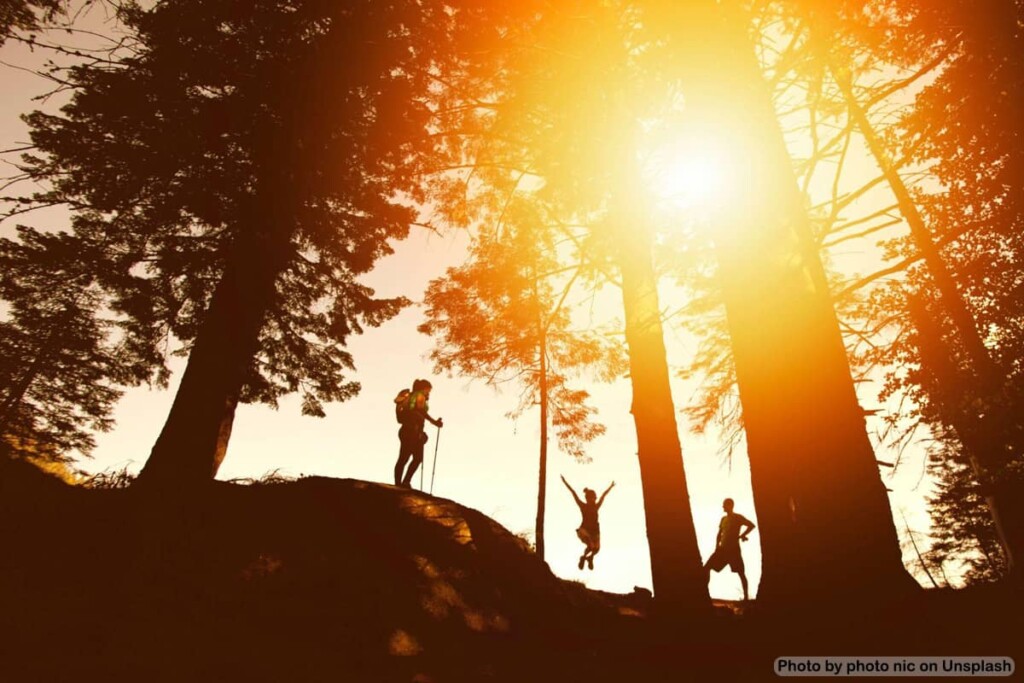
Another great way to enjoy nature is by using your imagination and creativity. You can create a scavenger hunt in the woods, search for hidden images in the clouds, or even make your own shadow puppet show. Creating these types of activities can help your kids learn how to appreciate the natural world around them, which will ultimately benefit them throughout their lives.
There are many other things that you can do at your crew’s campsite to ensure that it is an enjoyable experience. Make sure to have a first aid kit and that you contact each camper as the trip approaches so that they know what they are bringing and can confirm their attendance and payment.
Final Words
Whether you’re camping in the woods, on a beach or even by a lake, finding a good camping spot is crucial for enjoying your adventure. You want to find a level space that’s safe for your crew and provides enough room for the tent, cooking and sleeping.
It’s also important to note that you should avoid pitching your tent underneath a dead tree, as these often pose a threat to you and others in the area.
Having a day out and learning new skills in nature can be beneficial for the whole family. And setting up a tent is definitely one of the most fun life skills you could ever learn.






